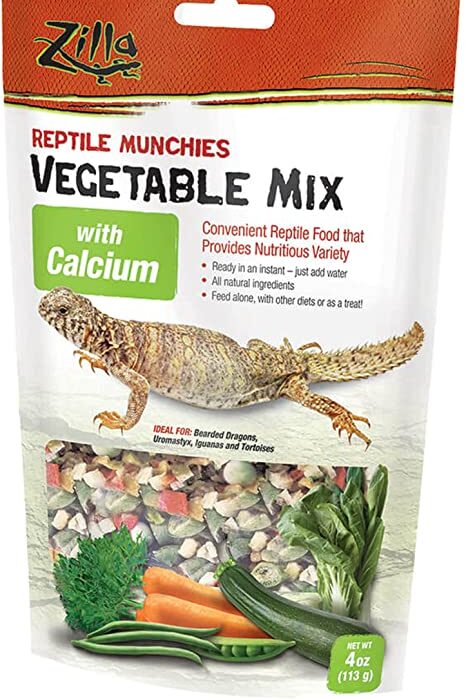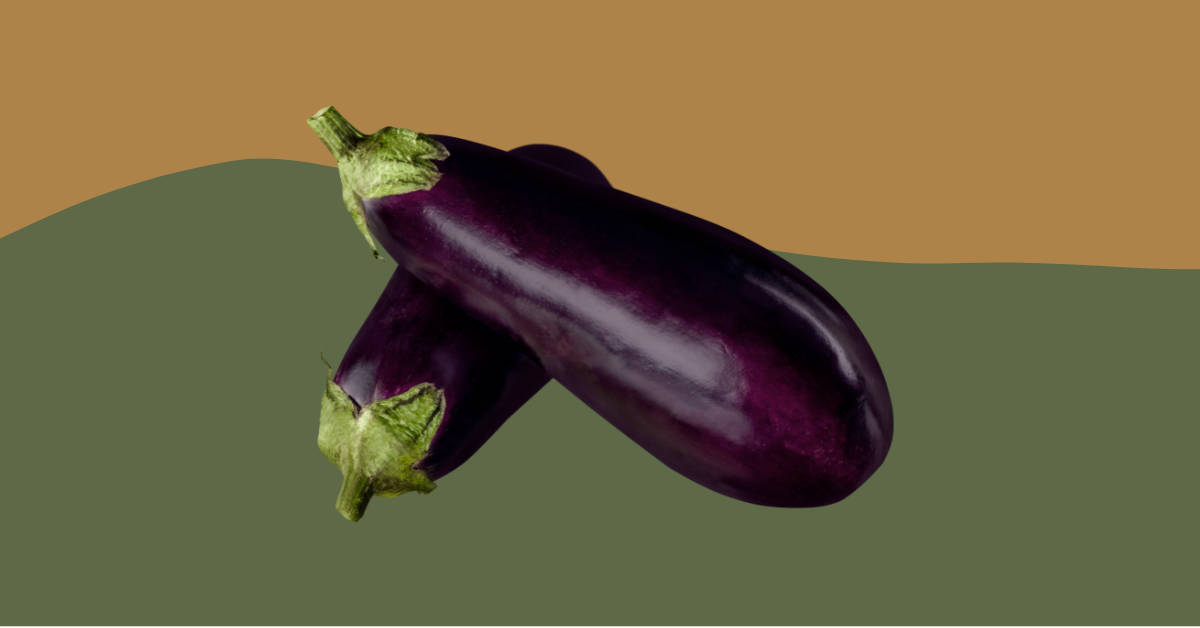Yes, bearded dragons can eat turnips, both the leaves and the root, as part of their balanced diet. Moderation is key, as turnips should be mixed with other veggies and greens.
Table of contents
Turnips are a nutritious option to include in your bearded dragon’s diet, but there are some important considerations to keep in mind. This article will provide the do’s and don’ts of feeding turnips to bearded dragons. Learn about bearded dragon care, a step-by-step preparation guide, and find answers to frequently asked questions.
Related Article: Bearded Dragon Care: Expert Tips and Insights
Do’s
- Do feed turnips in moderation: Turnips are high in calcium, which is essential for bearded dragons. However, they should be fed as part of a balanced diet that includes other vegetables and greens.
- Do mix turnips with other vegetables: This ensures a varied and balanced diet for your bearded dragon. Good options include collard greens, mustard greens, and bell peppers.
- Do wash turnips thoroughly: Always wash turnips to remove any pesticides or chemicals that could be harmful to your bearded dragon.
Don’ts
- Don’t feed turnips exclusively: Bearded dragons need a varied diet, and feeding only turnips can lead to nutrient deficiencies.
- Don’t feed turnips too often: Offer turnips as a treat, and aim to provide a variety of vegetables in your bearded dragon’s diet.
Best Practices for Feeding Turnips to Bearded Dragons
Following best practices when feeding your bearded dragon will ensure their safety and overall health. Here are some best practices to keep in mind:
- Choose organic turnips: Organic turnips are less likely to contain harmful chemicals or pesticides. This ensures a safer and healthier meal for your bearded dragon.
- Chop turnips into small pieces: Cut turnips into small, manageable pieces to make it easier for your bearded dragon to eat and digest. Smaller pieces also help prevent choking hazards.
- Monitor your bearded dragon’s reaction: Keep an eye on your bearded dragon after feeding them turnips, as some may have an adverse reaction or not enjoy the taste. Adjust their diet accordingly.
- Gradually introduce turnips to their diet: When introducing turnips to your bearded dragon’s diet, start with small amounts and gradually increase the quantity. This helps your pet become accustomed to the new food and reduces the risk of digestive issues.
- Observe the calcium-to-phosphorus ratio: A proper calcium-to-phosphorus ratio (around 2:1) is important for bearded dragons. Turnips have a favorable ratio, but it’s essential to balance them with other foods to maintain the overall ratio in your pet’s diet.
- Avoid feeding turnips that have been treated with pesticides or fertilizers: Pesticides and chemical fertilizers can be harmful to bearded dragons. Make sure to wash turnips thoroughly, even if they are organic, to remove any potential residue.
- Provide a balanced diet with variety: In addition to turnips, offer a range of other vegetables, greens, and fruits, as well as insects, to ensure your bearded dragon receives all the nutrients it needs for optimal health.
- Consult your veterinarian for personalized advice: Each bearded dragon is unique, and its specific dietary needs may vary. Consult a veterinarian specializing in reptile care for tailored advice on feeding turnips and other foods to your bearded dragon.
- Keep a feeding schedule: Maintain a regular feeding schedule for your bearded dragon, offering vegetables, including turnips, on a consistent basis. This helps create a routine for your pet and ensures they receive a balanced diet.
- Ensure proper lighting and heating: Bearded dragons require appropriate lighting and heating in their enclosure to properly digest and metabolize their food, including turnips. Ensure that you provide the right UVB lighting and temperature gradients for your pet.
Related Article: Bearded Dragon Feeding Guide: Nutrition Tips
Step-by-Step Guide to Preparing Turnips for Your Bearded Dragon
Step 1
Purchase organic turnips from a reliable source.
Step 2
Wash the turnips thoroughly under cold water to remove any dirt, pesticides, or chemicals.
Step 3
Remove the turnip greens from the root, and chop both into small, bite-sized pieces.
Step 4
Mix the turnip pieces with other vegetables and greens to create a varied meal for your bearded dragon.
Step 5
Serve the turnip mixture in a shallow dish, making it easily accessible for your bearded dragon.
Need Recommendations?
Here’s Our Top Amazon Picks
You may also like 📖
Frequently Asked Questions
How often should I feed turnips to my bearded dragon?
Feed turnips to your bearded dragon once or twice a week, mixed with other vegetables and greens. This frequency ensures a varied diet while providing the benefits of turnips without overfeeding.
Can bearded dragons eat turnip greens?
Yes, bearded dragons can eat turnip greens, as they are a good source of calcium and other nutrients. In fact, turnip greens are often considered more nutritious than the turnip root itself.
Are cooked turnips safe for bearded dragons?
It’s best to serve turnips raw, as cooking can reduce their nutritional value. Cooking may also alter the texture of the turnips, making them less appealing to your bearded dragon.
What other vegetables can I mix with turnips for my bearded dragon?
You can mix turnips with a variety of vegetables that are safe for bearded dragons, including collard greens, mustard greens, bell peppers, squash, and dandelion greens. Offering a mix of vegetables ensures a balanced and diverse diet.
Can turnips cause any health issues for bearded dragons?
As long as turnips are fed in moderation and as part of a balanced diet, they should not cause any health issues for your bearded dragon. However, always monitor your bearded dragon’s reaction after introducing a new food and consult a veterinarian if you notice any adverse effects.
Do I need to remove the skin of turnips before feeding them to my bearded dragon?
It’s not necessary to remove the skin of turnips before feeding them to your bearded dragon. However, ensure that the turnips are washed thoroughly to remove any dirt, pesticides, or chemicals.
Is it okay to feed my bearded dragon frozen turnips?
It’s better to feed fresh turnips to your bearded dragon, as freezing can alter the texture and nutritional content of the vegetable. If you must use frozen turnips, thaw them completely and remove any excess moisture before feeding.
What are the nutritional benefits of turnips for bearded dragons?
Turnips are high in calcium, which is essential for bearded dragon bone health. They also contain vitamins A, C, and K, as well as potassium, magnesium, and other essential nutrients that contribute to overall health and well-being.
How can I tell if my bearded dragon is not tolerating turnips well?
Signs that your bearded dragon may not be tolerating turnips well include lethargy, loss of appetite, or digestive issues such as diarrhea or constipation. If you notice any of these symptoms, consult your veterinarian for advice and consider adjusting your bearded dragon’s diet.
Conclusion and final thoughts 💭
Turnips can be a healthy and nutritious addition to your bearded dragon’s diet when fed in moderation and mixed with other vegetables and greens. By following the do’s and don’ts, best practices, and the step-by-step preparation guide provided in this article, you can ensure a balanced and varied diet for your bearded dragon.
Always keep an eye on your pet’s reaction to new foods and adjust their diet accordingly. With proper care and attention, your bearded dragon will thrive on a diet that includes turnips.
Looking for more? Here’s our roadmap:
General Bearded Dragon Pet Owners Guide
Bearded dragons are native to the arid regions of Australia and are known for their unique beard-like appearance. As pets, they have become increasingly popular due to their friendly and inquisitive nature, making them an ideal choice for reptile enthusiasts. Bearded dragons are diurnal, meaning they are active during the day, and their average lifespan ranges from 8 to 12 years, with proper care. When considering adopting a bearded dragon, it’s essential to be prepared for a long-term commitment and be well-informed about their care requirements.
One of the most crucial aspects of bearded dragon care is providing an appropriate enclosure. Adult bearded dragons thrive best in a 20 to 50-gallon tank, but a larger enclosure is always better. It’s important to always keep the tank clean. The tank should have a basking area with a temperature range of 95-110 degrees Fahrenheit, as well as a cooler area with a temperature between 75-85 degrees Fahrenheit. In addition, bearded dragons need access to UVB lighting to help them synthesize vitamin D3 and properly metabolize calcium, which is vital for their bone health.
A balanced diet is essential for a healthy bearded dragon. Their dietary requirements change throughout their life stages; juvenile bearded dragons need a higher protein intake, with insects making up around 80% of their diet and the remaining 20% consisting of vegetables and fruits. As they grow into adults, their diet should consist of approximately 20% insects and 80% vegetables and fruits. It’s important to offer a variety of food items to ensure they receive all the necessary nutrients, and to dust their food with calcium and multivitamin supplements as recommended by a reptile specialist or veterinarian.
Regular interaction and observation of your bearded dragon are vital for maintaining their well-being. Handling your pet gently and frequently can help build trust and strengthen your bond. Monitor your bearded dragon’s behavior, appetite, and overall health to detect any potential issues early on. If you notice any signs of illness, such as lethargy, loss of appetite, or irregular bowel movements, consult a reptile specialist or veterinarian for guidance. Proper care, feeding, and attention will ensure your bearded dragon remains a happy and healthy companion for years to come.







Leave a Reply